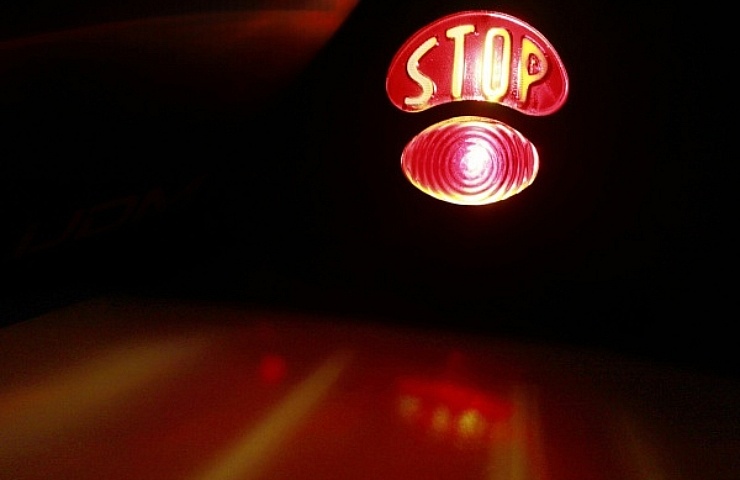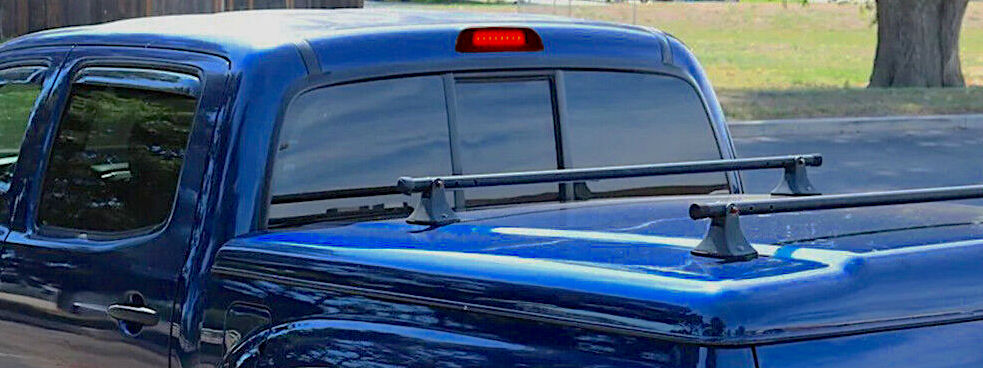Brake and tail lights are some of a car’s most critical safety features. Alerting other motorists to your presence and intentions while driving helps them avoid you and your rear bumper.
Brake Lights and Tail Lights: What is the Difference?
- Tail lights are the red lamps on the rear of a vehicle. Their purpose is to ensure you are visible to others.
- Brake lights illuminate when the brake pedal is depressed and the car slows. These lights function whenever a vehicle runs, regardless of whether the headlights are on or off.
- On some vehicles, plastic or metallic reflectors use other light sources to create a red glow. These reflectors do not emit light. You may also find these reflectors on the doors.
History of Tail Lights
In the brass car era, vehicles used oil lamps as a light source. The lighting was poor but did offer some signal that a vehicle was on the roadway. Drivers often relied on hand signals to indicate turns and stopping intention.
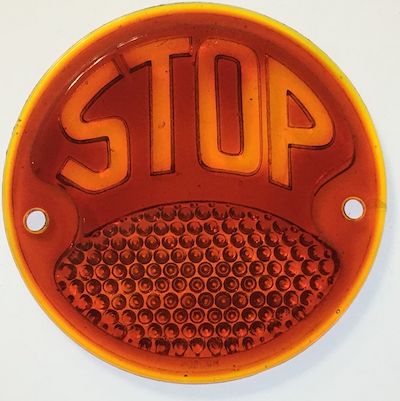
An early film star, Florence Lawrence, is credited with two vehicle inventions. She developed the auto signaling arm—flags on either side of the vehicle that would signal a driver’s intent to turn. That design later became the turn signal.
Lawrence then designed the stop signal, a bumper-mounted sign showing “STOP” that would pop up when the brake pedal was used. This was the initial concept for the brake light. She never patented the ideas so others could use them.
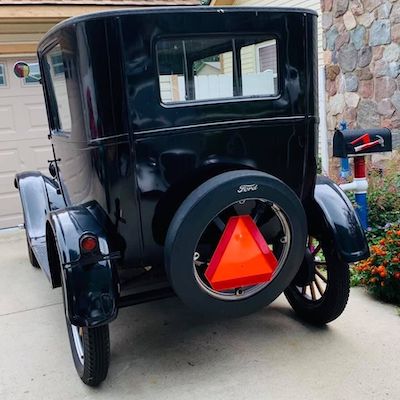
The owner of this 1926 Ford Model T coupe added a safety triangle to the spare tire to aid visibility.
In 1925, Edgar Walz Jr. patented a turn signal and brake light indicator, but manufacturers ignored his concepts, and they were never formally adopted.
Requirements
The National Highway Traffic Safety Administration (NHTSA) has regulations for brake and tail lights. Each state also has its own set of rules and statutes regarding minimal required equipment. The NHTSA says that new vehicles must have two red tail lights and brake lights on the rear of the car. They must be at the same height and as far apart as practicable.
Two Filament Bulbs
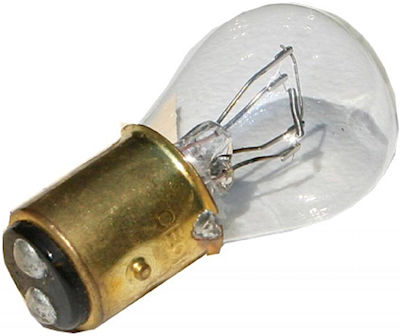
1157 dual filament bulb
When lamps with two filaments became common, automakers had some options. One filament could burn at a lower light output for the tail light. The second filament, when activated by the brake circuit, could emit a brighter light and serve as a brake indicator. That way, one lens with a dual filament bulb on each side of the vehicle could serve both purposes.
LEDs
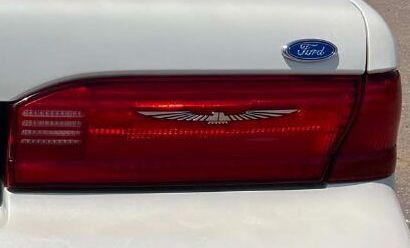
Third Brake Light
Technically referred to as a center high mount stop lamp (CHMSL), this light provides an additional brake light indicator but is mounted higher on the vehicle so others can more easily see it. NHTSA required this auxiliary brake light for cars in 1986. In 1994, NHTSA required light trucks to include it.
In the first mandated years, car makers had difficulty blending the light into the car, but current models have stylish, adequate light. NHTSA estimated in 1998 that these third brake lights resulted in a 4.3% reduction in rear impacts.
Maintenance
Most vehicles’ tail lights and brake lights are very reliable unless they become compromised by weather. Check your vehicles’ once a quarter to spot any bulbs, lamps, or LEDs that are out. Some newer cars have a sophisticated CAN Bus electrical system that can alert you if a specific bulb fails.
How to Replace Brake Lights and Tail Lights
Check your manual for the correct replacement if a bulb burns out. The bulbs are often marked with a model number. You must remove the red lens in some cars to get to the bulb. Screws generally hold the lens covers in place. Removing the screws should give you access to the bulb. Most bulbs just twist out. Push gently in on the bulb, and the bulb should rotate out of the connector. Replace the bulb by inserting the new one, twisting it tight. Check that the light is working before replacing the lens.
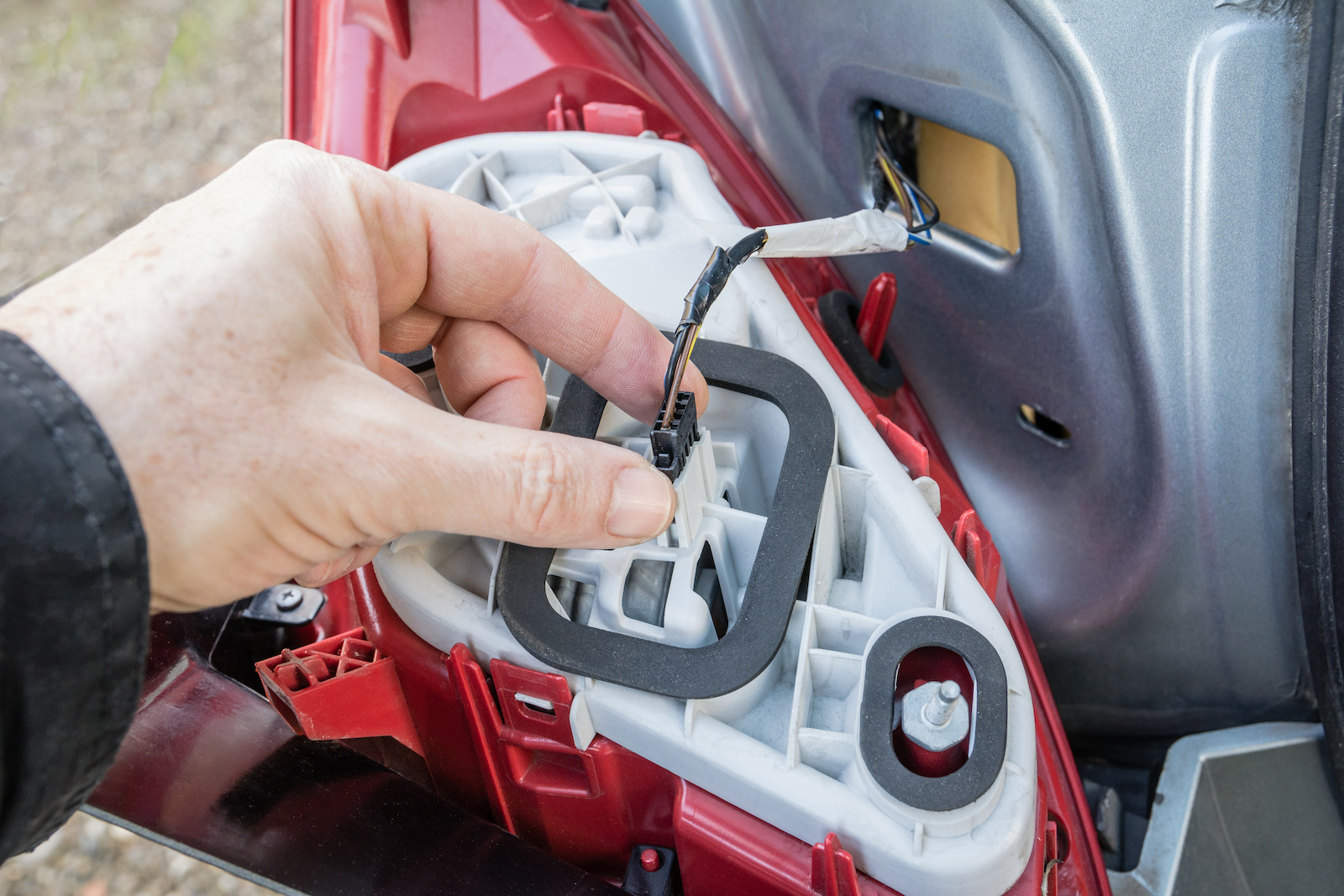
Replacing a bulb in a tail light assembly
Some models make it easier to replace a bulb. You can access the housing from the trunk area of the car. Twist the bulb out and insert the new bulb in the same manner as you removed the older bulb.
Be sure and examine the lens cover as well. If it is cracked, it might allow moisture to enter the bulb housing and cause the bulb to wear out prematurely.
You could replace a burnt-out bulb with one that looks bigger and glows brighter. Be careful. These bulbs might generate more heat and melt the plastic lens or housing. In addition, the original bulb was designed to work with the specific lens and any reflectors built into the unit. When you use a different bulb type, the new bulb might not take advantage of the original built-in optics.
Tail lights and brake lights serve as critical safety features on all vehicles. Simple routine maintenance can keep them functioning well and alert others of your position, especially at night.
Shop now for tail light assemblies
